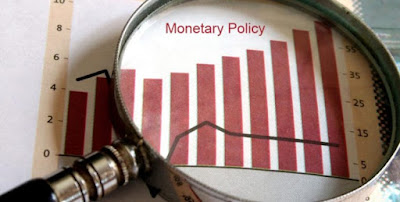Repo (Repurchase) Rate Repo rate is the rate at which banks borrow funds from the RBI to meet the gap between the demand they are facing for money (loans) and how much they have on hand to lend. If the RBI wants to make it more expensive for the banks to borrow money, it increases the repo rate; similarly, if it wants to make it cheaper for banks to borrow money, it reduces the repo rate. Reverse Repo Rate This is the exact opposite of repo rate. The rate at which RBI borrows money from the banks (or banks lend money to the RBI) is termed the reverse repo rate. The RBI uses this tool when it feels there is too much money floating in the banking system If the reverse repo rate is increased, it means the RBI will borrow money from the bank and offer them a lucrative rate of interest. As a result, banks would prefer to keep their money with the RBI (which is absolutely risk free) instead of lending it out (this option comes with a certain amount of risk) Consequently, bank...
